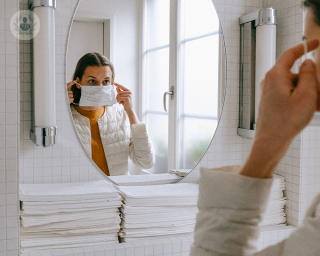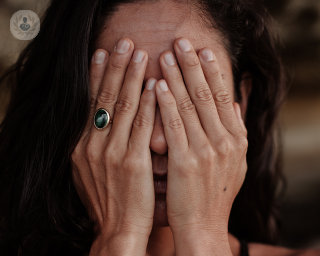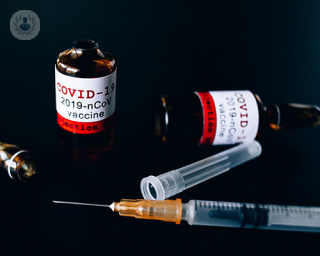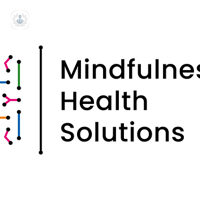Phobias
What are phobias?
A phobia is a type of anxiety disorder characterised by an extreme and debilitating fear of a place, situation, animal or feeling. It is usually irrational, either in its very nature, or in the level of fear experienced, which often leads patients to go to extreme lengths to avoid the source of that fear.
There are many different types of phobia, but they can be broadly grouped into two major categories: specific/simple phobias and complex phobias.
Simple phobias, also known as specific phobias, usually develop in childhood or adolescence. They include animal phobias, environmental phobias (e.g. heights, germs, deep water), bodily phobias (e.g. blood, vomit, having injections), sexual phobias (e.g. STIs, performance anxiety), and situational phobias (e.g. flying, going to the dentist, visiting hospitals, or stage fright etc.).
Complex phobias usually develop in adulthood and involve intense fear and/or anxiety based around a particular situation. The most common are agoraphobia and social phobia. These tend to be more debilitating than simple phobias, seriously affecting the lives of patients.
The most common phobias include arachnophobia (fear of spiders), ophidiophobia (fear of snakes), acrophobia (fear of heights), claustrophobia (fear of confined spaces), and agoraphobia (fear of open and public places).
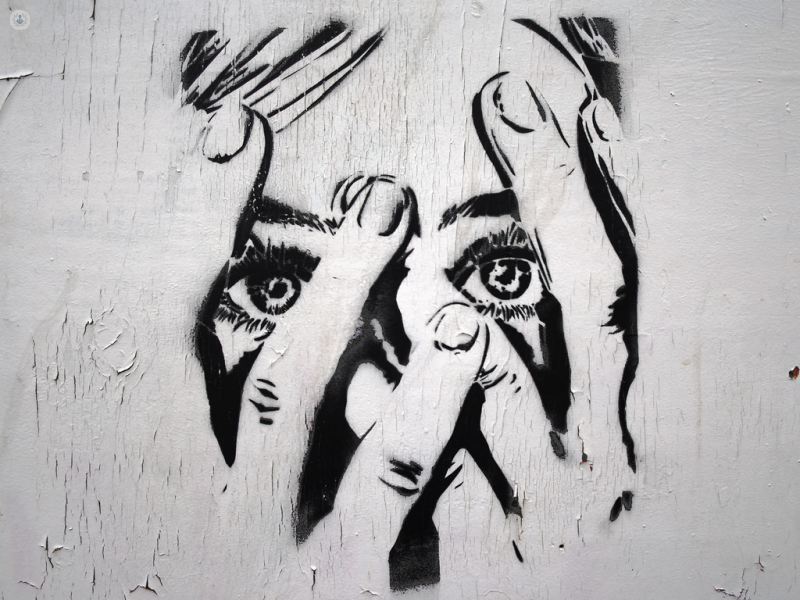
What are the symptoms?
Some people with phobias may not experience any symptoms until confronted by the thing they fear, while others may become panicked just thinking about it. As an anxiety disorder, the following symptoms may manifest:
- Accelerated heart rate (palpitations)
- Sweating
- Nausea
- Light-headedness or dizziness
- Shortness of breath
- Trembling
- Abdominal pain or discomfort
What causes a phobia?
It is often difficult to say what causes a phobia, as each case is unique. Simple phobias often trace back to a particular event or trauma, or in some cases are learnt from influential figures in the patient’s childhood, such as parents or siblings. It is thought that genetics play a role in anxiety disorders, meaning some people may be born with a predisposition for developing phobias.
What is the treatment?
The good news is that most phobias can be treated and cured. In fact, some simple phobias disappear over time without any formal treatment.
Simple phobias can usually be tackled with a “face your fear” strategy. More formally known as “desensitisation” or “self-exposure therapy”, gradual exposure to the source of the fear can desensitise the patient from feeling afraid of it, and in this way it is possible for an arachnophobic to go from being unable to be in the same room as a spider to looking at one, to sitting next to one, to even holding one.
Complex phobias are trickier, and may require talking therapies, such as psychotherapy, cognitive behavioural therapy (CBT) or counselling. While medication is not used to treat phobias, it may be prescribed to manage the effects of anxiety caused by phobias.

